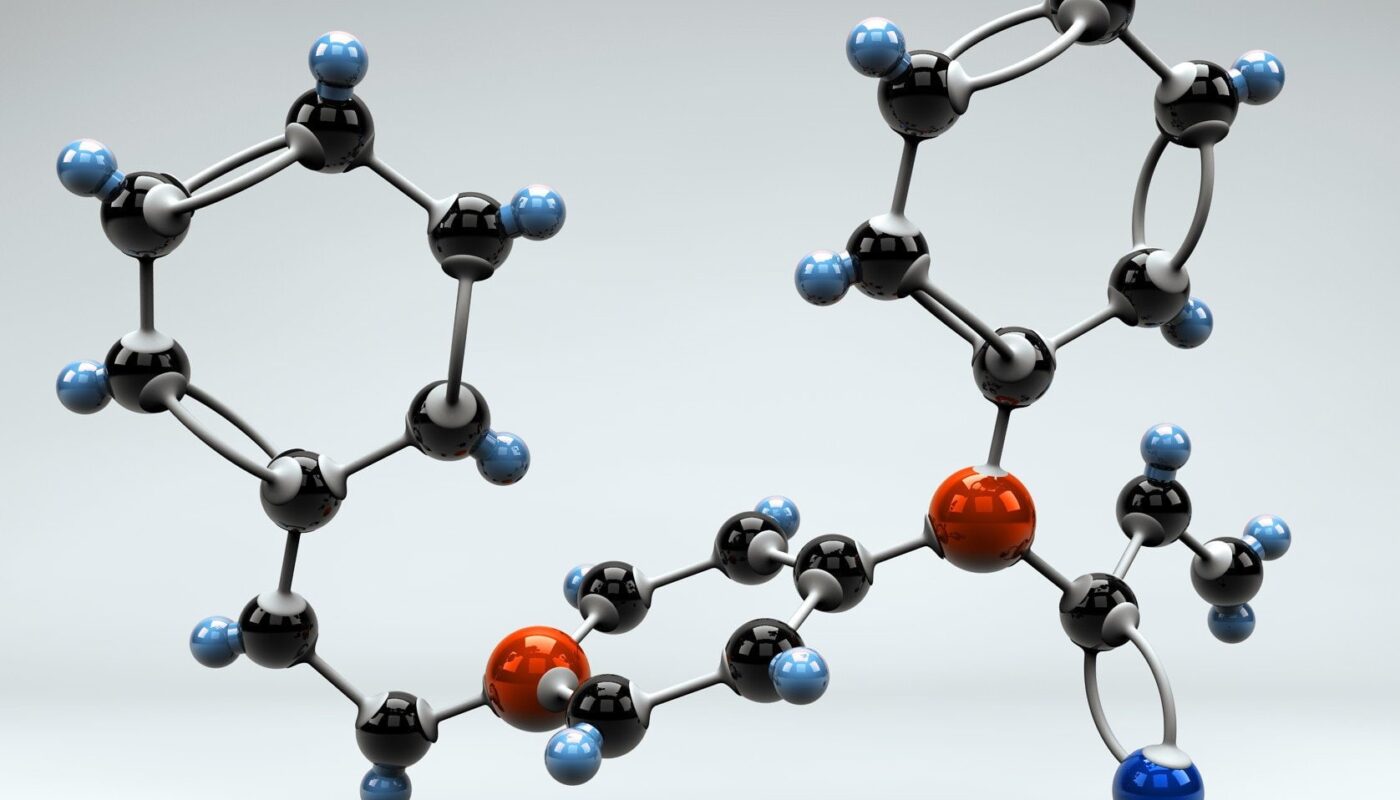Microspheres are tiny spherical particles that range in size from 0.1 to 2,000 micrometers. Despite their small size, microspheres play a significant role in a variety of industries and applications due to their versatile properties. This article explores the characteristics of microspheres and highlights some of their most common uses.
What are Microspheres?
Microspheres can be made from a wide range of materials including plastic polymers, metals, ceramics, and glass. Some examples of commonly used materials are polystyrene, polyurethane, acrylic acid and its salts, and silica. The material used depends on the intended application of the microspheres.
Microspheres are produced through various manufacturing processes like dispersion polymerization, suspension polymerization, spray drying, and others. Their spherical shape arises from the surface tension properties during production. The controlled and uniform sizes allow microspheres to be tailored for specific applications where shape, size, and material properties are important.
Microspheres can range in size but are typically classified as below:
– 1-10 micrometers – known as colloidal microspheres
– 10-100 micrometers – commonly used in medical and industrial applications
– 100-2000 micrometers – also used in industrial and consumer applications
As microspheres have uniform sizes at the micron level, they exhibit unique properties compared to larger particles of the same material. Their tiny size allows them to move freely in fluids and gases yet remain stable through Brownian motion. This combination of factors opens up many applications.
Uses of Microspheres in Medicine
In the medical field, microspheres find wide usage ranging from drug delivery to diagnostic imaging. Some examples are:
– Drug Delivery: Microspheres made of polymers like PLGA can encapsulate drugs and release them over extended periods, helping achieve sustained drug release for conditions like cancer.
– Tissue Engineering: As microspheres can mimic cells and extracellular matrix, they are used as scaffolds to regenerate tissues or organs. Their surface properties encourage cell adhesion.
– Embolization: Hollow microspheres loaded with drugs can selectively block blood vessels in conditions like liver cancer or uterine fibroids by occluding the blood supply.
– Contrast Agents: Radiopaque glass or resin microspheres are used as contrast agents in medical imaging techniques like CT scans and X-rays to visualize tissues or organs.
– Vaccine Adjuvants: By promoting uptake of vaccine antigens, certain polymer microspheres (e.g. polystyrene) enhance immune response and boost vaccination effects.
Uses of Microspheres in Industry
Besides medicine, the precise engineering of microspheres enables various industrial applications as well. Some notable examples are:
Coatings – Microspheres impart unique optical properties and textures to coating materials. They are used as opacifiers in paints or to create special effects in automotive paints.
Filtration – Ceramic or glass microspheres packed in filter media help remove particles from air or liquids through depth filtration. They are used in appliances, water treatment, and manufacturing processes.
Composites – Polymer microspheres fillers reinforce composite plastics used in industries like construction, automotive, aerospace for their light weight and mechanical strength properties.
Cosmetics – Microscaled silica, polymethylmethacrylate or ZnO spheres deliver exfoliating and smoothing properties to cosmetic products like cleansers, scrubs, and sunscreens due to their small sizes.
Ceramic Microspheres in Acoustics and Insulation
Another major area of application for microspheres is in acoustic insulation and lightweight materials due to their unique physical properties. Different types of ceramic microspheres stand out in this regard:
– Cenospheres – Naturally occurring hollow alumino-silicate spheres produced as a coal combustion byproduct. Their light weight, porosity and insulating performance make them ideal for acoustic panels, ceiling tiles, masonry blocks etc.
– Fly Ash – Another coal combustion byproduct, fly ash Microspheres contain air voids which provide thermal and acoustic insulation when added to concrete, grout or plaster. This improves energy efficiency of buildings.
– Glass Bubbles – Made of recycled glass, these hollow spheres have high strength to mass ratio and compressive resistance. Used as aggregate fillers, they enhance properties of fiber reinforced plastics, rubber, syntactic foam etc.
Future Prospects
Research into new production methods and material formulations continue to expand the use of microspheres. Some areas showing promise include tissue spheroids for organ-on-chip models, novel drug-cores for personalized medicine and microfluidics-based biochemical assays using functionalized microspheres. Their minute sizes with tunable properties will certainly keep contributing solutions across ever more applications. Going forward, advancements can be expected in making microspheres even smarter for next generation applications.
*Note:
1. Source: Coherent Market Insights, Public sources, Desk research
2. We have leveraged AI tools to mine information and compile it




